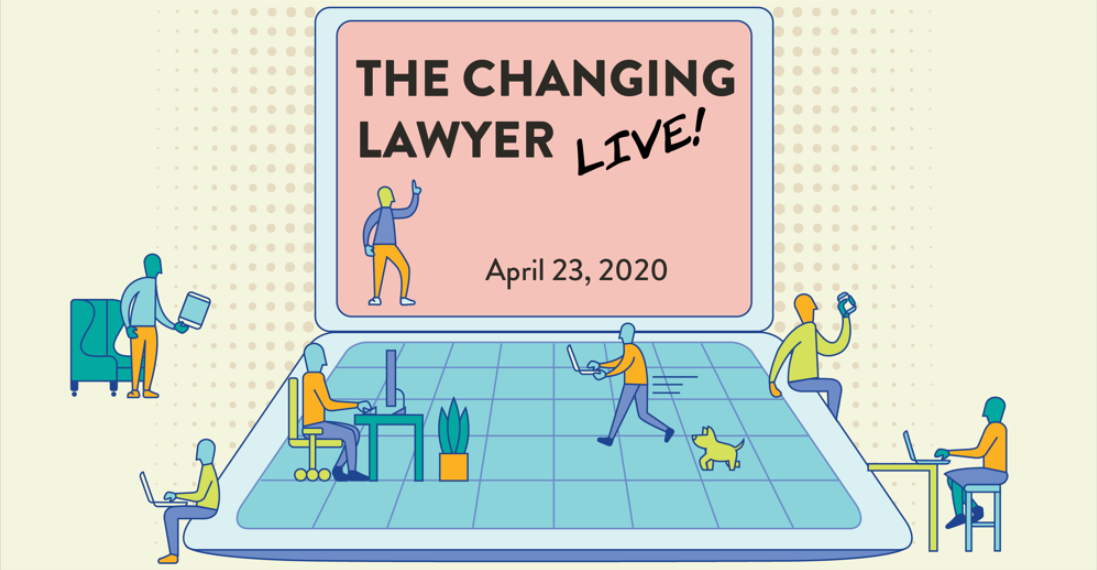The Pentagon’s plan to consolidate many — but not all — of its 500-plus cloud contracts into a single Joint Enterprise Defense Infrastructure (JEDI).
WASHINGTON: What looks like progress for the Pentagon in its five-month legal battle with Amazon Web Services is just a new variety of stalemate, a leading acquisition expert said.

Bill Greenwalt
“The machinations of the legal system will continue to provide pyrrhic victories to DoD or some contractors,” former Hill and Pentagon staffer Bill Greenwalt told me, “but in the end, no matter what happens, DoD – after almost three years struggling to make JEDI work – will end up trailing the commercial IT market, as it has done now for decades.”
The Department of Defense was already behind the curve when it comes to adopting cloud computing, Greenwalt said. Even government intelligence agencies have moved faster, let alone the private sector.
“Look at the timelines,” he told me. “The cloud first appears at the CIA in 2013 and in the commercial marketplace in the 2000s. DOD was way behind the curve in 2017 when it started this acquisition.”
Today, Greenwalt argued, because the Joint Enterprise Defense Infrastructure (JEDI) program is suffering so many delays while technology forges ahead, it is being litigated into irrelevance. By effectively dragging out the trial, the latest legal developments only make that worse.

“If we are victorious in one more battle with the Romans, we shall be utterly ruined.” – King Pyrrhus of Epirus
What Went Wrong
On Friday, over Amazon’s bitter opposition, the chief judge of the Court of Federal Claims approved a Pentagon motion in the lawsuit over the Joint Enterprise Defense Infrastructure. JEDI is a cloud computing contract worth up to $10 billion that the Defense Department awarded to rival Microsoft – unfairly and in large part due to President Trump’s meddling, Amazon says.
The judge had already ordered Microsoft and the Defense Department to stop work on the project because Amazon had a reasonable chance to prove at least part of its case. While the Pentagon denies undue White House influence, it has admitted that it might have mishandled certain technical aspects of the competition, so it filed a motion to pause the cause and “remand” it back to DoD officials to try again.
Amazon argued the conditions of the Pentagon’s proposed do-over were so hopelessly narrow it wouldn’t make a difference. The Pentagon and Microsoft countered that Amazon wanted terms so broad they’d effectively give it a second chance to bid – with the unfair advantage that Amazon now knows exactly what price to put on its proposal to underbid Microsoft. Friday’s ruling, while still under seal, effectively sided with the Pentagon.
“We are pleased with the court’s decision to grant our motion,” said Pentagon spokesman Lt. Col. Robert Carver. “We will immediately execute the procedures outlined in the motion [and] we remain focused on delivering this critical capability to warfighters as quickly and efficiently as possible.”
If your head is spinning from this simplified summary of a mind-bending legal matter – and trust us, the technology is just as complex – then Greenwalt has some good news for you. Ultimately, none of it matters.
“It is just another example of how flawed this acquisition process has been from the start,” he told me, “and how the bid protest process has continued to torture DoD and blind it from pursuing alternative paths.
It’s not just the trial that’s a dead end for both sides. “I think they have been wasting their time since the first Request For Proposals,” Greenwalt said.
In fact, he suggested, the Department of Defense should have known this was going to be a mess from the start, based on recent history. “The REAN protest” – in which an Amazon partner beat Oracle for an earlier Pentagon cloud contract in 2018, only for the GAO to overturn it – “should have given DoD an early indication that this was going to be a nasty process, with everyone eventually tainted by a brutal fight to the death over a winner-take-all procurement,” Greenwalt told me.
The REAN award used an increasingly popular contracting mechanism called Other Transaction Authority (OTA), a law which Greenwalt helped draft. JEDI, likewise, tried to bypass the usual acquisition bureaucracy to get new technology in at the speed of Silicon Valley. But trying to run government procurement more like a business runs afoul of a fundamental problem. No private company lets losing bidders force it to do business with them; the government sometimes does.

Cloud computing servers
Time To Reboot
So what should the Defense Department have done differently from the start? What can it do differently now?
“There were other options then —and now DOD has even more options,” Greenwalt said. “It may be time to just pull the plug and start over, but there may be too much pride invested to do otherwise.”
“From the start, instead of focusing on one cloud to rule them all, DoD should have put all of the cloud providers on a IDIQ [Indefinite Delivery, Indefinite Quantity] contract and then issue task orders to those companies that met their security and operational standards for individual tasks,” he said. In other words, rather than try to award the whole program to a single company, break it up into chunks and dole them out over time to different companies, based on whoever offered the best price and performance for that particular piece.
Now, the Pentagon insists it won’t split the JEDI contract because it already has too many clouds. The different armed services, defense agencies, and their subunits are all signing different contracts on different terms – over 500 of them. But, if you set clear standards and make your vendors stick to them, it is possible to have a single cloud computing system that works as a seamless whole, even if different companies provide different parts of it. In fact, that kind of “multi-cloud” approach is increasingly common in the commercial world.
If the Pentagon had gone multi-cloud from the start, “it would have then been, for a change, ahead of the commercial market,” Greenwalt said. “It could have been experimenting with cloud providers and other solutions that manage multiple clouds for the last two years.”
Even now, it’s not too late to try a different approach, he said. “There are other clouds already being used at the services and defense agencies,” Greenwalt told me. “DoD’s focus now should be to look at these experiments and where the commercial market is going. They may decide that, except for JEDI’s cool name, it may already be obsolete, and a new strategy for secure cloud applications is needed.”











 Kathryn Rubino is a Senior Editor at Above the Law, and host of
Kathryn Rubino is a Senior Editor at Above the Law, and host of 






